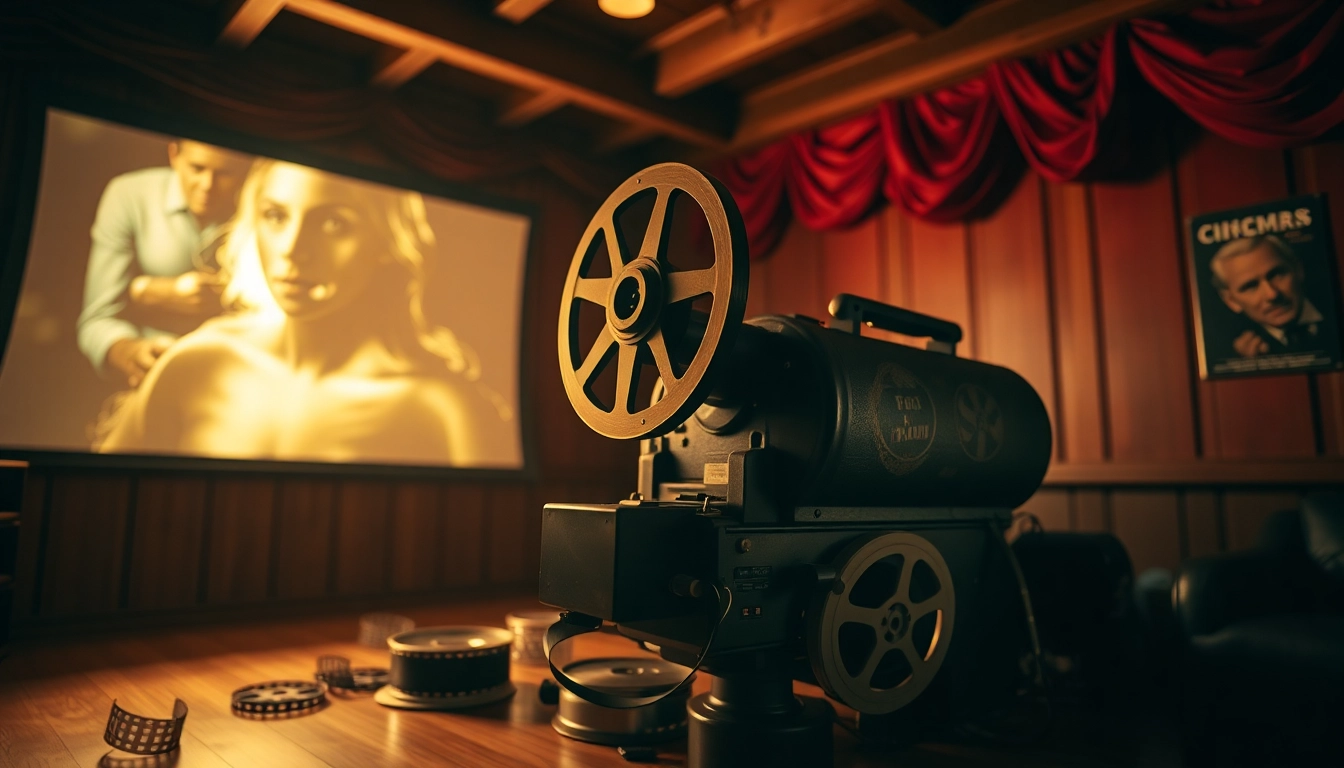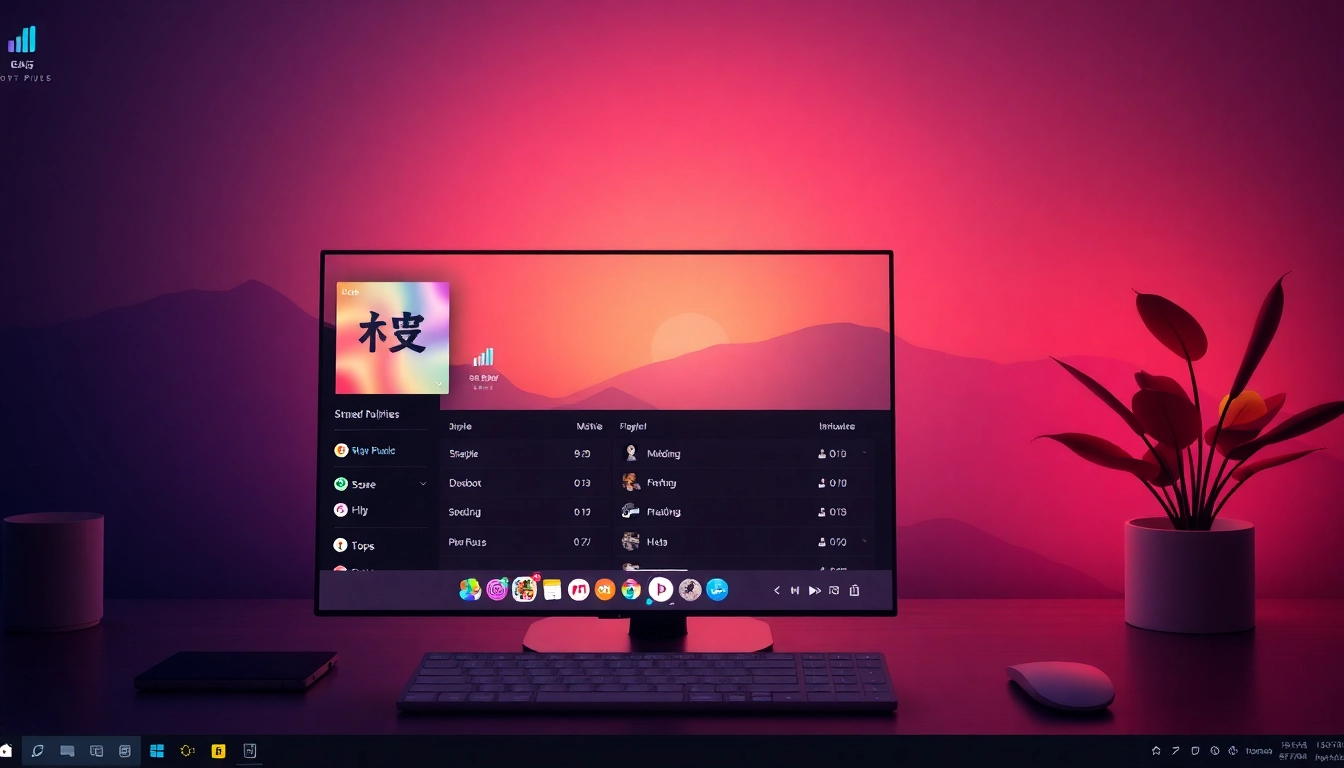Understanding Music Pitching: The Basics
What is Music Pitching?
Music pitching refers to the process of presenting your music to decision-makers in the industry with the goal of securing placements, airplay, or features. This includes curators of popular playlists, music supervisors looking for tracks for films or commercials, and even record labels searching for new talent. The essence of music pitching is to create a compelling narrative around your music that resonates with the target audience, thereby enhancing your visibility and reach in a crowded industry.
The Importance of Music Pitching
In today’s digital age, the competition for listeners’ attention is fierce. A successful music pitch can open doors to numerous opportunities, from playlist placements on streaming platforms like Spotify and Apple Music to features on influential blogs. By effectively practicing music pitching, artists increase their chances of reaching new audiences, thereby amplifying their listener base and fostering long-term career growth. In short, mastering the art of music pitching is crucial for artists aiming to navigate the music industry successfully.
Key Elements of a Successful Pitch
A successful music pitch entails several key elements:
- Personalization: Tailor each pitch to the recipient. Mention their work or interests to show you have done your research.
- Clear Messaging: Be concise and specific about what you are pitching and why it matters. Use engaging language to capture the listener’s attention.
- Professionalism: Ensure your communication maintains high standards, reflecting your dedication as an artist.
- A Strong Call to Action: Encourage the recipient to take a specific action, whether it’s to listen to your track or to visit your website.
Preparing Your Music for Pitching
Selecting the Right Tracks to Pitch
Before pitching, it’s essential to carefully select the tracks that will present your music in the best light. Consider factors like the genre, current trends, and the style of the target platform. For instance, if you’re aiming for a pop-focused playlist, ensure the track aligns with contemporary pop sounds. Always choose songs that you believe reflect your artist identity and that you’re genuinely passionate about.
Creating an Engaging Press Kit
A press kit serves as your music’s introduction to the industry. This should include:
- Your Bio: A brief narrative about you as an artist, including your background, influences, and notable achievements.
- High-Quality Music Samples: Links to your best tracks or albums, ideally with a streaming link and downloadable files.
- High-Resolution Images: Professional photos that visually represent your brand.
- Social Proof: Include quotes from reviews, notable collaborations, or acoustic performances to build credibility.
Building Your Brand as an Artist
Your brand as an artist is your identity in the music world, and it should reflect your music and image consistently. Develop your branding by creating a unique visual style, engaging storytelling, and a coherent message across your social media, website, and press kit. This consistency helps make a memorable impression on industry professionals who may encounter your work through various channels.
Pitching Techniques and Best Practices
Crafting Compelling Email Pitches
Email is one of the primary methods for music pitching. Create a subject line that grabs attention, ensuring it stands out in a crowded inbox. Begin the email with a personal greeting, followed by your pitch’s core message. Include links to your music and press kit, but keep your email concise—aim for 150-200 words. Make sure to follow up respectfully if you don’t receive a reply within a reasonable timeframe.
Leveraging Social Media for Music Pitching
Social media serves as a powerful platform for music pitching. Use it to showcase your latest releases, engage with fans, and connect with key industry figures. Tag relevant curators, labels, and influencers in your posts to draw their attention. Utilize platforms like Instagram and Twitter to share snippets of your music, behind-the-scenes content, or upcoming collaborations, enhancing your reach and engagement.
Avoiding Common Mistakes in Pitches
Knowing what not to do is equally essential in music pitching. Common mistakes include:
- Being Generic: Avoid sending the same pitch to everyone. Tailor your approach based on the recipient.
- Neglecting Follow-Ups: Don’t assume a lack of response means disinterest. A polite follow-up can reignite conversations.
- Providing Insufficient Information: Make sure your pitch is comprehensive enough to give curators all they need to consider your music seriously.
Targeting the Right Platforms and Curators
Identifying Relevant Playlists and Blogs
Your music should be pitched to platforms that align with your genre and style. Conduct research to identify playlists and blogs that feature artists similar to you. Utilize tools like music pitching resources to help find suitable curators who are open to submissions.
Researching Curators and Their Preferences
Each curator has specific tastes and preferences. To make an impactful pitch, delve into their past playlists or blog posts to understand what they look for in submissions. Take notes on their style, past feature artists, and the types of songs that resonate with them.
Utilizing Submission Platforms Effectively
Various platforms can facilitate your music pitches, such as SubmitHub, which allows you to submit your music to an extensive list of playlist curators, blogs, and influencers. These platforms often provide insights into the preferences of curators, allowing for a more customized approach to your submissions. Make the most of these tools to systematically approach your pitching efforts.
Measuring Success and Improving Your Pitching Strategy
Tracking Your Pitch Outcomes
It’s crucial to keep track of your pitch submissions. Utilize spreadsheets to log which songs you’ve pitched, the platform or curator, submission dates, and responses received. This data will help you identify which strategies work best and where improvements may be needed. By analyzing these metrics, you can adjust your pitches to target more successful channels over time.
Analyzing Feedback and Making Adjustments
Be receptive to feedback, whether it’s criticism or praise. If a curator mentions specific aspects of your music they liked or did not resonate with, take notes and strive to improve on those areas. Adapt your approach based on the feedback received and stay open to evolving your sound and marketing strategies.
Building Long-Term Relationships with Curators
Establishing and maintaining long-term relationships with curators can be incredibly beneficial for your music career. Engage with them beyond pitching—share their work, celebrate their achievements, and keep them updated on your progress. Building rapport can lead to favorable treatment for future pitches and collaboration opportunities that may arise.



